Growing the grassroots
To get the nation active, more needs to be done to engage and encourage young children, especially the less confident. Kath Hudson reports
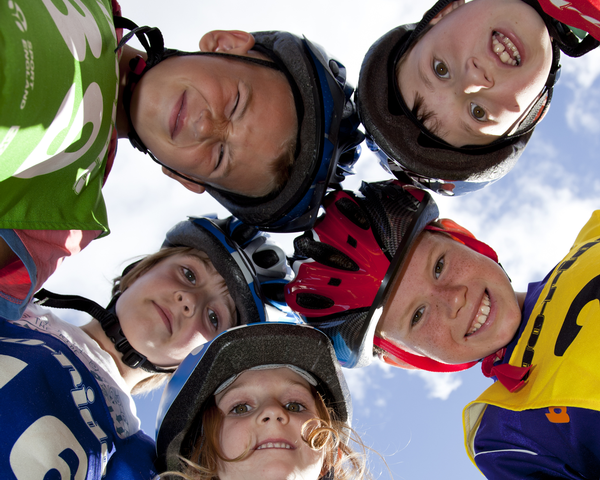
For the first time in history, we are facing a situation where parents are likely to outlive their children. One third of children are leaving primary school overweight or obese and physically illiterate.
Recent research from Essex University – which previously charted schoolchildren’s fitness levels in 1998 and 2008 – has found that children’s activity levels are waning and fitness levels are declining by 0.95 per cent annually. Ukactive’s Generation Inactive report, launched in June, draws similarly disappointing conclusions: only half of seven-year-olds are meeting the recommended guidelines of 60 minutes of physical activity a day.
Catch them early
With school sport diminishing and generally skewed towards the most able, the less confident frequently fall by the wayside, becoming inactive children and then inactive adults. If they were helped to find the sport which suits them, which they find fun and which they are given confidence to play, this could change.
It’s crucial to give primary aged children a positive introduction to sport, because if you miss out on sport as a child it’s far harder to pick it up as an adult.
Money is a key issue. The funding for clubs affiliated to the national governing bodies of sport doesn’t start until age 14. While Sport England hands more than £500m each year to NGBs to engage the over 14s, there is no funding allocation for the under 14s, except for school sport, which means places available in out-of-school clubs are limited.
Former PE teacher and CEO of Fit for Sport, Dean Horridge, argues there should be some funding for the under 14s. “The NGBs have no remit to engage those under 14. The younger children have a few grants here and there, but have to rely on subscriptions and volunteers to run the clubs,” he says. “But if you haven’t engaged them by the time they are 14, it’s unlikely you ever will. It’s not rocket science: University College London research, which looked at the 1970 British Cohort Study, shows that if you engage children at an early age then they’re more likely to continue to play sport as adults.”
PARTICIPATION DOWN
It’s not just the health of children and the nation which is suffering, sports are losing out as well, with many (excepting tennis, cycling, basketball and running) in decline. According to Sport England’s Active People Survey, the number of people engaged in regular physical activity in England fell 1.4 per cent between October 2014 and March 2015.
Swimming and fitness suffered the biggest casualties. Although swimming is the most popular participation sport, almost 400,000 have stopped swimming over the past year. This has raised some eyebrows. Sport England CEO, Jennie Price, has said this “serious, long-term decline needs to be reversed.”
Horridge reiterates his point about engaging children earlier. “Many clubs are not hitting their targets for participation, so are having funding clawbacks,” says Horridge. “There’s got to be a catalyst for change from the top down, to engage children when they’re younger and sustain that as a teen and an adult.”
COMMUNICATION
As a parent with two primary school aged children who between them have tried football, rugby, athletics, swimming, gymnastics, triathlon and cycling, which has led to much volunteering on my behalf, I have noticed a few common pitfalls, which translate into barriers to participation.
Communication is the first issue. Enquiry emails often go unanswered, because this is left to a volunteer who is too busy to keep on top of them. I’m not criticising volunteers – I know first hand how hard you have to work to be a volunteer – I’m saying they should be given more support.
If there was funding available for under-14s then clubs could consider paying someone for a few hours a week to keep on top of queries, and also be in charge of other important admin tasks, such as time consuming funding and grant applications, as well as seeking sponsorship, CSR and partnership opportunities, which could then lead to more opportunities being offered. In the current situation most clubs have to run lengthy waiting lists.
“Volunteers are great and our grassroots sports rely on them, but that comes with the pitfall that communication is not great,” says Horridge. “Consumers expect a bit of professionalism around the sports which we see as core sports and the non-payment element leads to a lack of professionalism.”
The British Gymnastics-affiliated club my daughter attends is a very professional set up, thanks to its paid staff. However, the price charged for the sessions reflects this. If all sports were to pay staff under the current structure, then subscriptions would rise considerably, presenting another barrier to participation – but it might improve the quality of the sessions.
ENGAGEMENT
While learning the correct set of skills and techniques are undoubtedly very important –and not just for the talented – at a young age the focus should be more on fun and engagement to ensure all kids taking part get moving and involved.
“I’ve really got an issue with someone spending 20 minutes explaining to a six year old how to hold a hockey stick,” says Horridge. “It’s better to ask them to dribble a ball around a cone with their stick as many times as they can and try and beat last week’s score. Make it fun.”
My children were turned off both swimming and football because the sessions involved too much time waiting for a turn and getting cold, and too much focus on technique which they couldn’t grasp. “You see it all the time at football: two lines of 10, rather than 10 lines of two,” says Horridge. “Young children just want to be involved, they want to be running around and they have short attention spans. If they’re not busy they start to misbehave.”
Because the NGBs remit is to teach the sport correctly and find talent for county and national teams, coaches are taught to put more emphasis on teaching technique and less on engaging children. This policy might be good for elite sport but is less effective in getting children moving and mobilising the masses. Perhaps a two pronged approach could work better to keep the less competitive engaged.
The Rugby Football Union (RFU) has been tweaking its coaching over the last few years to boost continual involvement. My son has enjoyed training sessions where he’s kept occupied, the coaches are encouraging and the atmosphere is inclusive. Also good to see is the Amateur Swimming Association’s (ASA) recent partnership with the British Sub-Aqua Club, to introduce children to snorkeling and aquatic sports. This injects a fun element and also illustrates how swimming is a gateway to other sports.
RIDING HIGH
Boosted by the medal haul at the London 2012 Olympics and Bradley Wiggins’ success in the Tour de France, cycling is enjoying an upsurge. It is a great activity for families to enjoy together, the downside is that it requires investment in kit and a safe place to cycle, which is harder to find now than in the 1970s.
The number of people cycling recreationally once a week has increased by 17 per cent since 2008 according to the Active People Survey. DCMS figures estimate 31.8 per cent of five- to 10-year-olds (1.3 million) participate in cycling, or ride a bike once a month.
Sarah Lewis, British Cycling’s senior marketing and communications officer, says it is important for children to be given a positive experience of cycling at a young age: “People are far more likely to have a sporting habit for life if they are engaged early on. Time spent playing sport as a kid is an important factor in adult participation.”
Although reliant on its network of 6,000 volunteers at its 300 clubs, British Cycling has been successful in finding sponsors, in a competitive market, to implement its initiatives, which include bike handling workshops, entry level competitions and holiday coaching programmes.
British Cycling has also been pro-active about forming partnerships with schools and local authorities and implementing outreach programmes, which Horridge says is something more NGBs should be doing. In my view the reason they are not is lack of time and not lack of need, because they all run waiting lists.
COLLABORATION
Triathlon is another fast growing sport and Britain now has more world and Olympic triathlon champions than any other nation. However, the British Triathlon funding model is targeted at elite level and boosting adult participation, not bringing young children into the sport.
Triathlon is an intimidating sport, so starting early has got to be an advantage. Fortunately, a number of race organisers, including Tempus Leisure, Castles and Human Race are running mini triathlons alongside their adult races, and so the opportunities to participate are starting to trickle down to children. Also, a CSR programme between British Triathlon and steel company, Tata, has offered 66,000 children, aged eight to 13, the opportunity to sample triathlon in the world’s biggest mini series.
It is apparent that local clubs are starved of cash, and provision is targeted towards bringing on talent, rather than encouraging broad participation. The decision to do this goes all the way up to central government, which gives the direction on how Sport England and NGBs spend their funding.
The results from the Active People Survey, as well as recent research into children’s activity levels, illustrates that the current approach isn’t working. The DCMS has pledged to change the current model.
Sports Minister Tracey Crouch acknowledges that participation levels shown in the Active People survey are not good enough: “I am very disappointed by these numbers. A significant amount of public funding has been invested in sport in the last decade but the results simply aren’t good enough. It’s time for a change. The recent downward trend in participation has demonstrated the current approach has had its day. It’s not the return we expect to see for a large investment of public money.
“I am going to develop a new strategy for sport, as a matter of urgency. I will consult with the sector on a new approach that will strengthen sport across the country, focus support on those that can deliver the goods and look to take a more joined-up approach to sport and physical activity across Whitehall.”
Something needs to change and I believe there should be more investment in engaging children, and providing opportunities for younger children. We need to find a way of encouraging the less sporty to stay active.
At the moment it is left largely to schools and as Tam Fry, spokesperson for the Child Obesity Forum says, this is inadequate. “Schools are not preparing children for adult life, there has been too much focus put on academic achievement at the expense of lifestyle choices. Schools have got rid of playing fields and discarded physical education.”

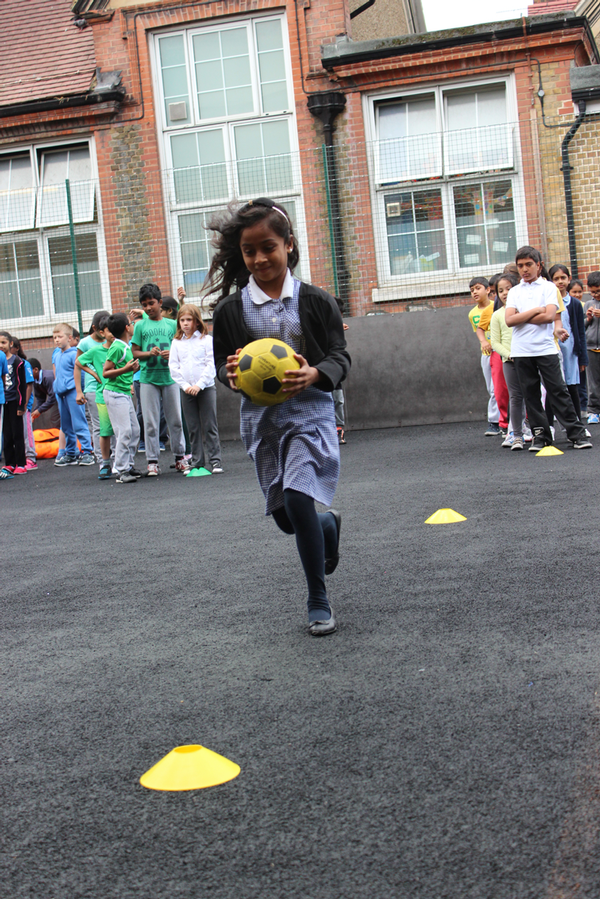
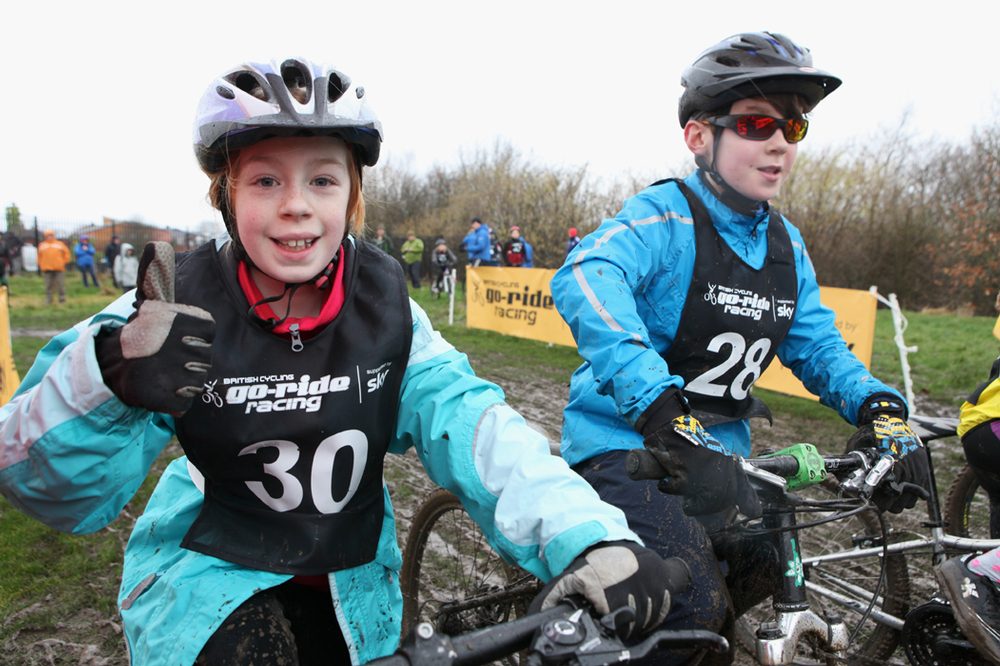
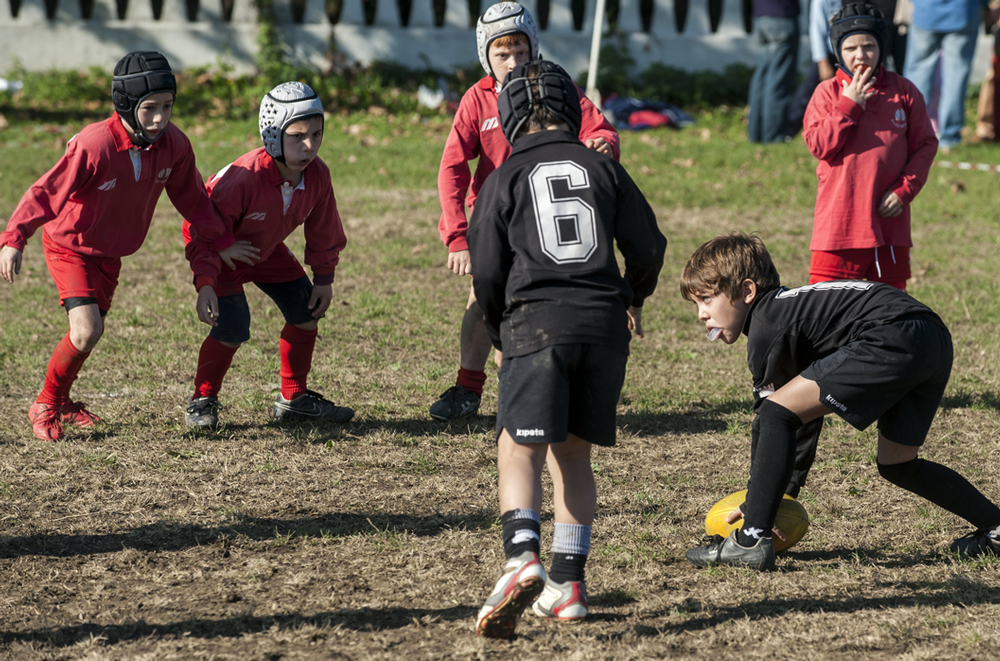

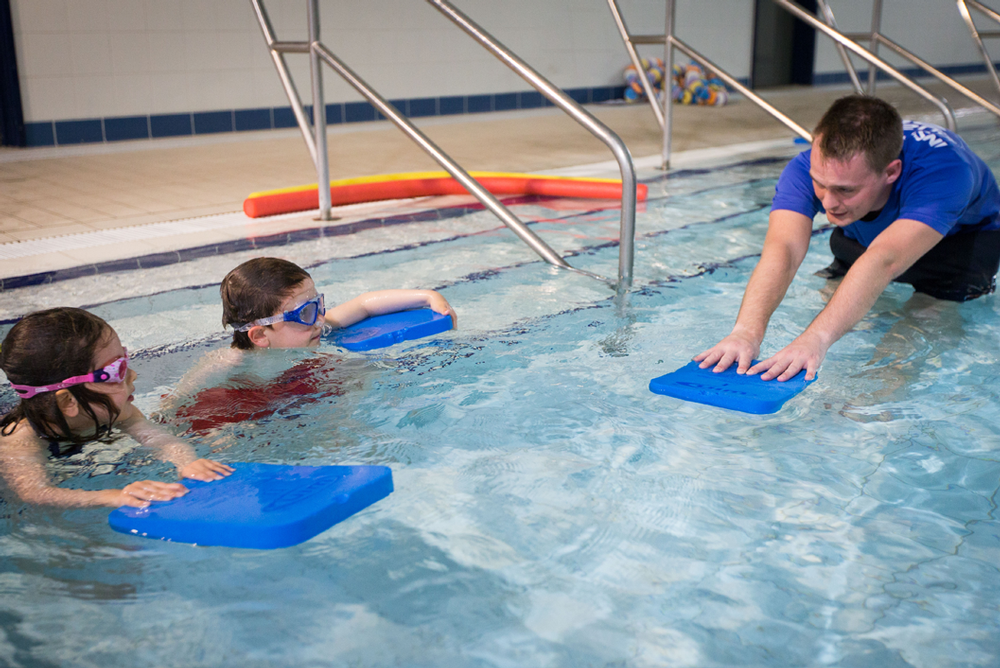
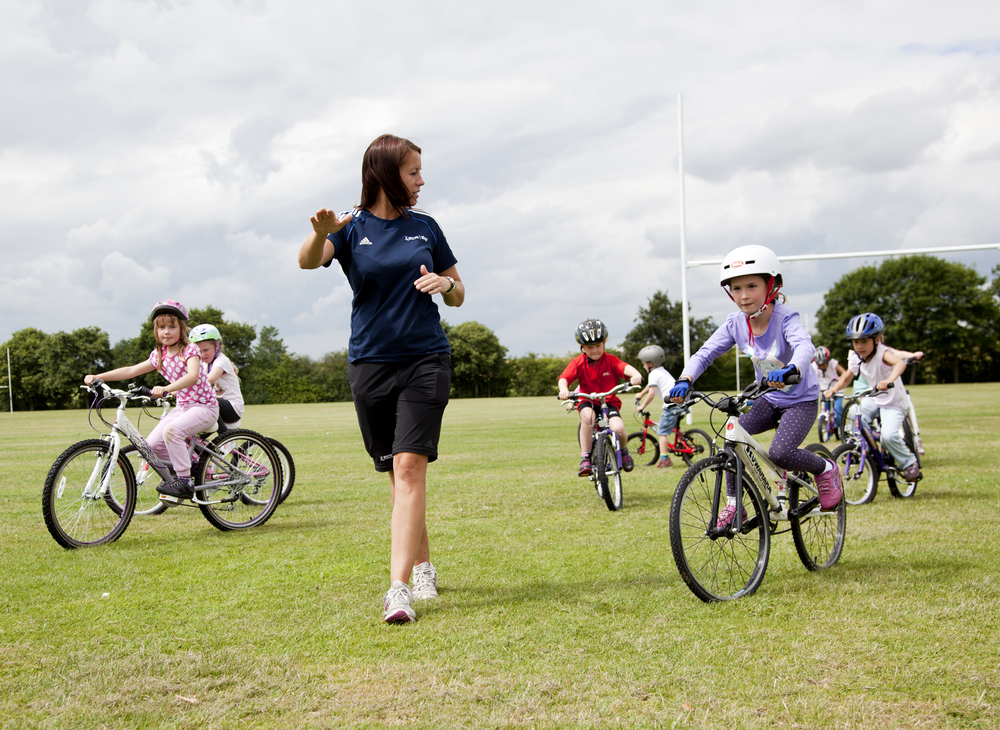
Team Leader (Harrow School Fitness Club)
Centre Manager
Director of Operations
Fitness Motivator
Recreation Assistant/Lifeguard (NPLQ required)
Membership Manager
Recreation Assistant
Swim Teacher
Swim Teacher
Chief Executive Officer, Mount Batten Centre
Swim Teacher
Swimming Teacher
Swimming Teacher
Company profile
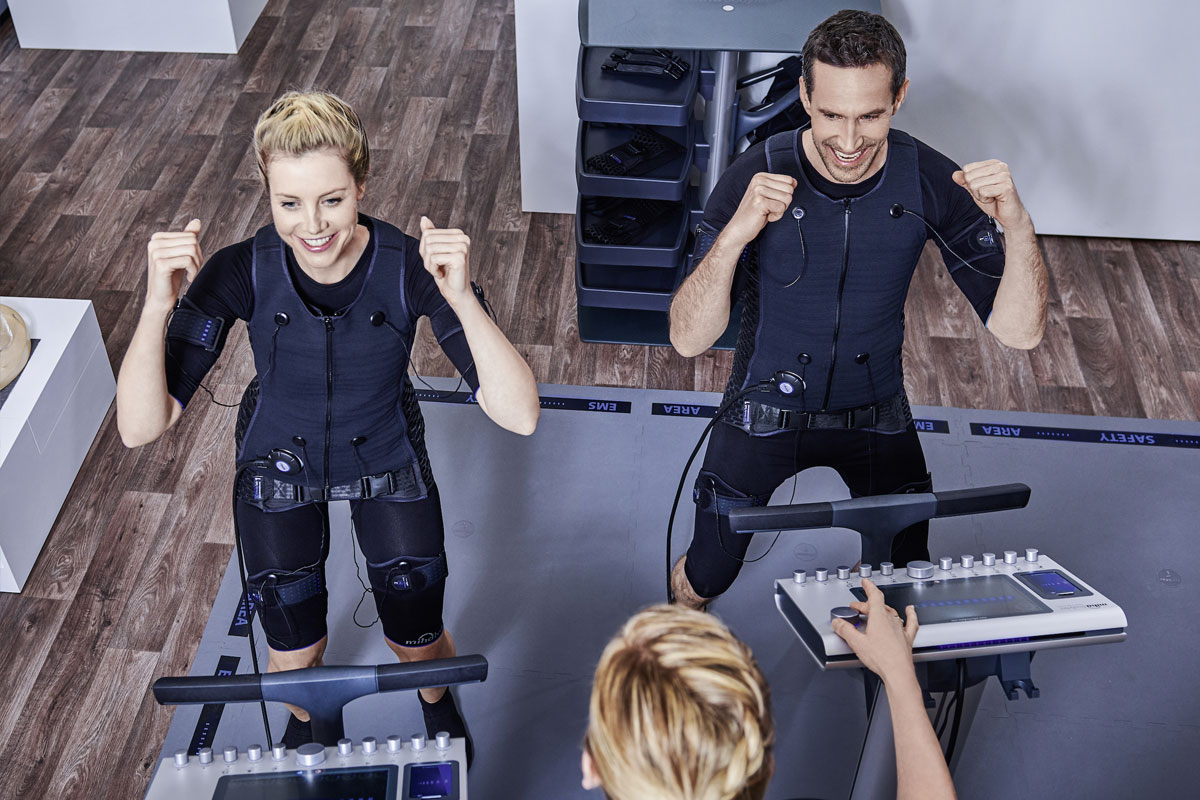
Featured Supplier

Property & Tenders
Company: Knight Frank
Company: Belvoir Castle
Company: AVISON YOUNG
Company: London Borough of Bexley
Company: Forestry England














